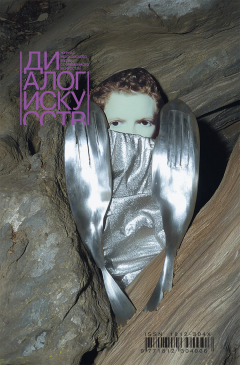While some exhibitions last for months, others exist for only a few hours. Time has become a privilege.
World experience has shown that blockbuster exhibitions steal time. Popular shows have gradually drawn viewers’ attention away from less flashy “ordinary” projects.
Contemporary art has been affected the most. A week after the opening most Russian biennials are deserted. You will surely find some of the videos and inter- active installations to be turned off—in the absence of an audience, why to waste electricity and spend an already strained budget. Ideally, the opening evening is enough. You need only four hours, for example, from 19:00 to 23:00, after which everyone goes partying. The next day the exhibition is dismantled. This is the way apartment galleries have always functioned. Recently almost all independent venues have adopted this model. The same idea has gradually penetrated museums. Apart from hits, everything else is given a shorter display period.
All in all, a longer time span allows blockbusters to accommodate a larger number of spectators. At the same time, a shorter display period is a way for experimental projects to attract their niche audiences. If you are an hour late, you will miss the chance to see it—it seems to be a good hook.
The most radical exhibitions have become ridiculously short and can last for an hour or so. Several exhibitions of an art collective named “Experimental Field” have taken place in a field near Balashi- kha, each time lasting for only a few hours. Sergey Lotsmanov usually holds his exhibitions within an evening time—he rents a coworking space, arranges his works and after the audience views the display he packs up and leaves. The artworks that are relatively small, easy to transport and look attractive in photo- graphs are better off. Sometimes, exhibits, initially situated in the venue, are tem- porary appropriated by artists and after the project is over they are left behind. Another option is to hold easy-to-stage performances. Artists can follow the example of Alexander Petrelli (the artist usually carries his works around and shows them on occasion) or that of the “EliKuka” group, which usually holds a dozen openings within half an hour. One can be very inventive. Elastic time allows for elastic space. While experimental venues tend to dematerialize, museums specializing in blockbusters aggrandize themselves. Will this appropriation of time come to an end?




